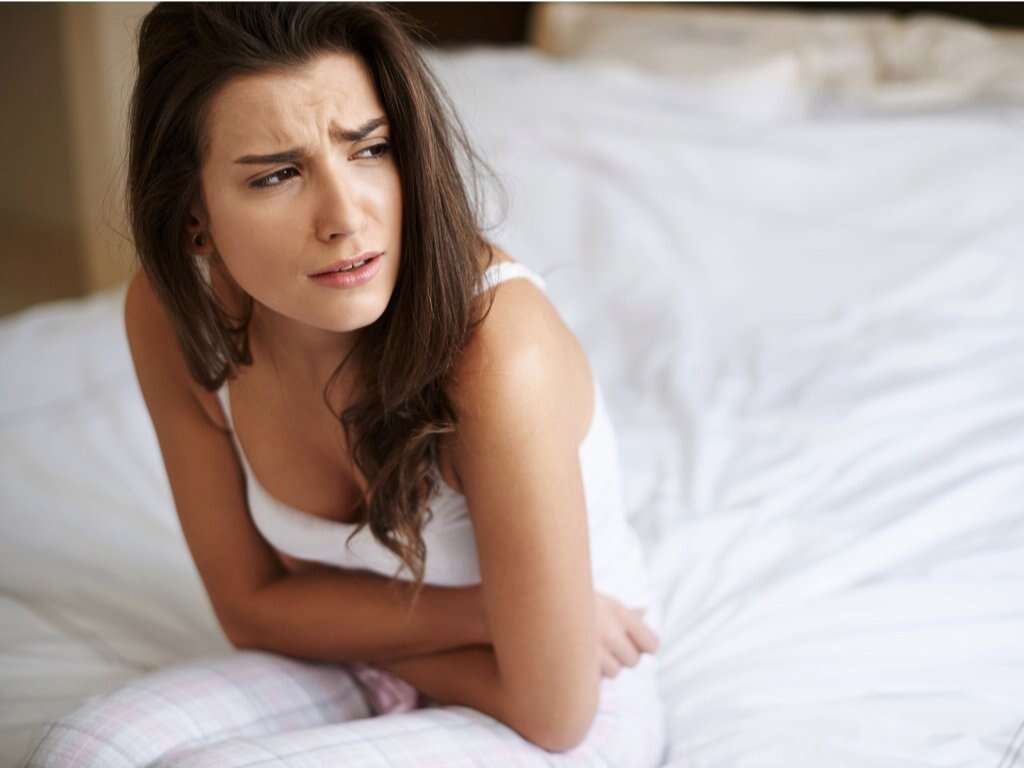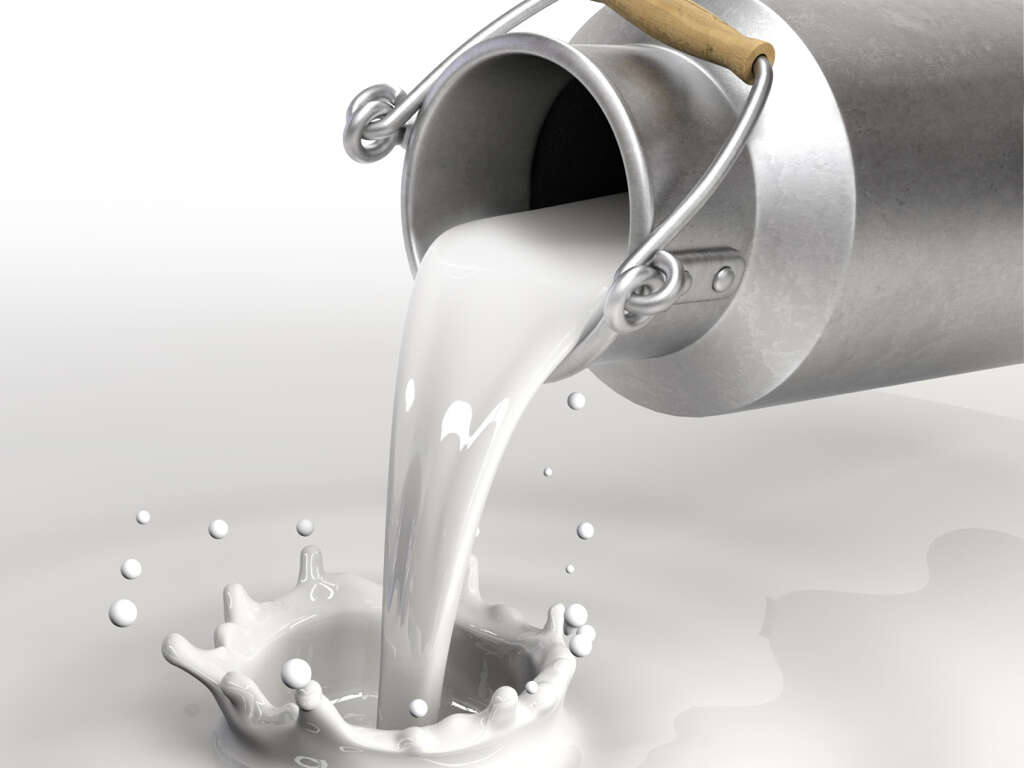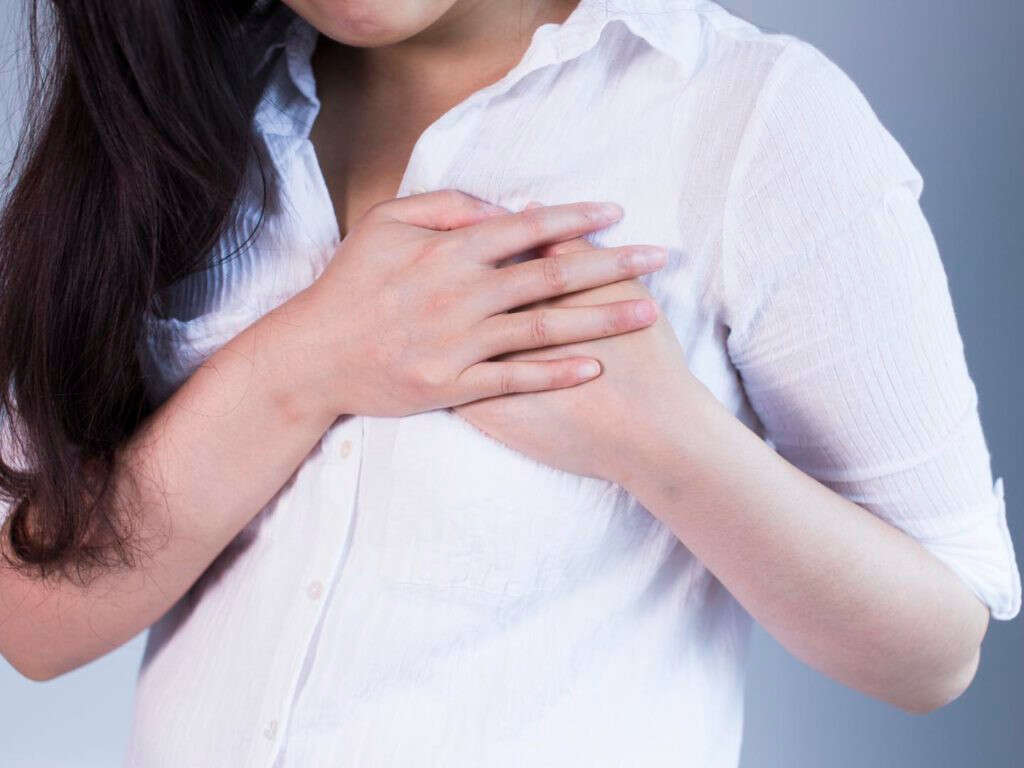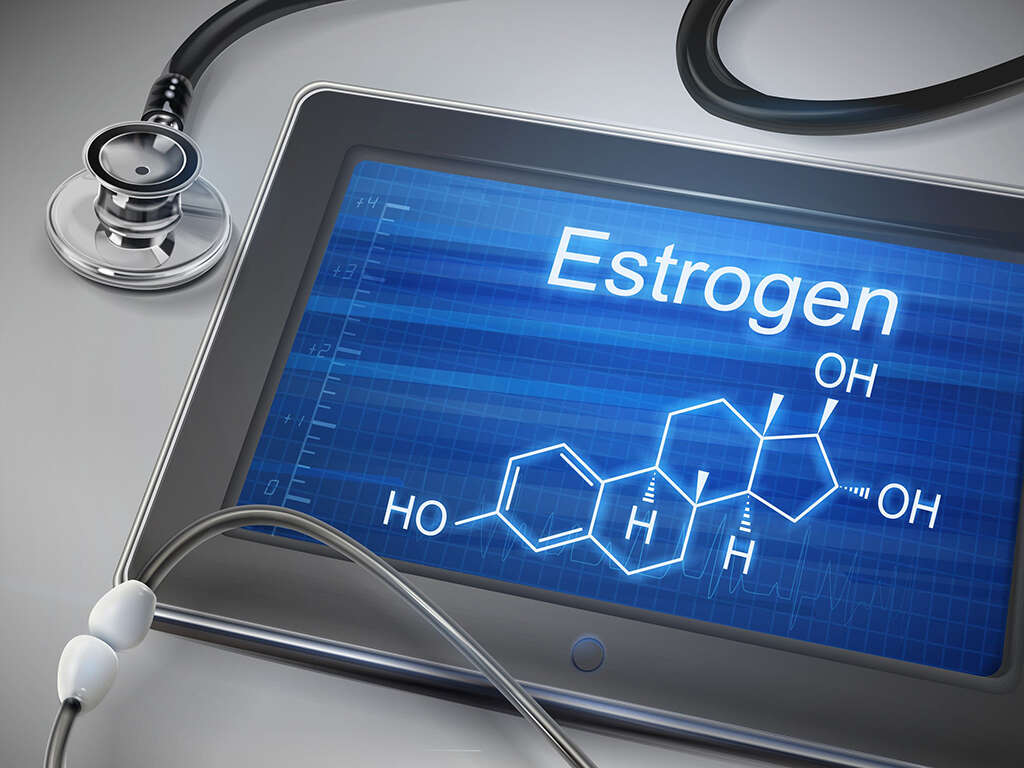10 Low Estrogen Symptoms
Estrogen is a hormone that is found in both men and women, although it is found in higher amounts in women. It is the main female sex hormone and is responsible for aiding with the development and maintenance of the female reproductive system. It is also responsible for giving individuals feminine characteristics. As women get older, their estrogen levels are likely to fall. This can cause various symptoms that are known collectively as menopause. Menopause results from a progressive loss of ovarian sensitivity to hormones that stimulate ovulation (i.e. FSH, LH). This causes a decrease in quantity and quality of follicles (eggs) throughout a woman’s life cycle. Ultimately, in women around 40 to 50 years of age, estrogen production decreases and symptoms can ensue.
Menopause is not the only cause of low estrogen in women. Other causes of hypoestrogenism include primary ovarian insufficiency (premature menopause), surgical removal of the ovaries with or without the rest of the reproductive system (total hysterectomy or bilateral oophorectomy), chemotherapy or radiotherapy, medications (i.e. aromatase inhibitors), congenital conditions (i.e. inborn errors of steroid metabolism, Turner syndrome), and damage or low functioning of the pituitary gland. Estrogen levels can also decrease due to excessive exercise, excessive weight loss, and thyroid disorders.
This article discusses 10 symptoms of low estrogen.
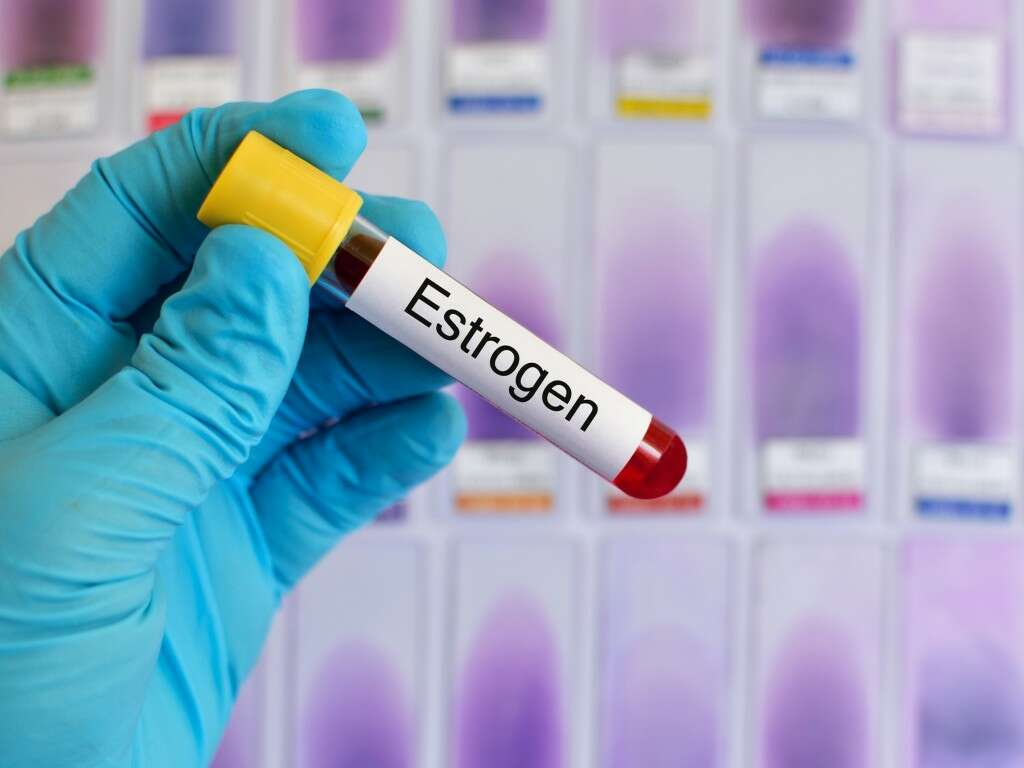
Symptom #1: Hot Flashes
As warm-blooded animals, we are able to regulate our own body temperature. There are centers for temperature regulation in our central nervous system that are influenced by many factors.
Insufficient estrogen may cause a dysfunction of these centers. This can result in hot flashes in premenopausal or postmenopausal women. Hot flashes are often associated with menopause, however, there are other conditions that can cause it. You should arrange to see a doctor if you are experiencing this symptom.

Symptom #2: Frequent UTIs
Clinically, the diagnosis of recurrent urinary tract infection (RUTI) must involve at least 3 episodes of urinary infections (must be confirmed by urine culture) in the last twelve months, or 2 episodes in the last six months.
Risk factors for recurrent urinary tract infections in menopausal or post-menopausal women include lack of estrogen, presence of cystocele (prolapsed bladder), coexisting conditions (i.e. diabetes), increased post-void residual urine, genetic factors, sexual activity, and history of urinary tract infections before menopause. Furthermore, approximately 25 percent of post-menopausal women are affected by atrophy of the urogenital tract. The urinary tract is affected by the decline of estrogen, leading to thinning of the bladder and urethral linings. This can lead to an increase incidence of RUTI or even the presence of pain in the bladder, painful or difficult urination (dysuria), urgency and frequency in the absence of infection.
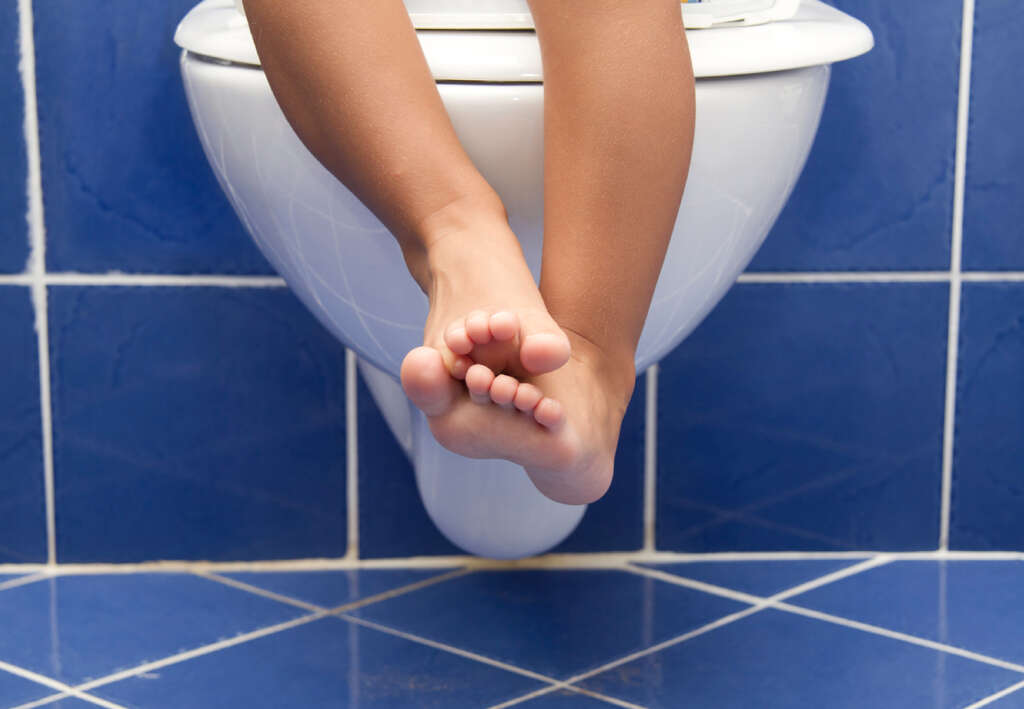
Symptom #3: Vaginal Dryness
Atrophic vaginitis or vaginal atrophy is the medical term used to describe the thinning and inflammation of the lining of the vagina secondary to a decrease in estrogen. This is experienced by approximately half of post-menopausal women. Vaginal atrophy can be associated with vaginal burning, itching, irritation, and dryness and/or dyspareunia (discomfort/pain during intercourse). Dyspareunia can be experienced by almost 40% of sexually active menopausal women.
Vaginal dryness can be effectively treated by systemic as well as vaginal estrogens. The latter are preferred unless there is a specific indication for estrogen therapy. Remember to always consult with a specialist if you experience any of these symptoms.
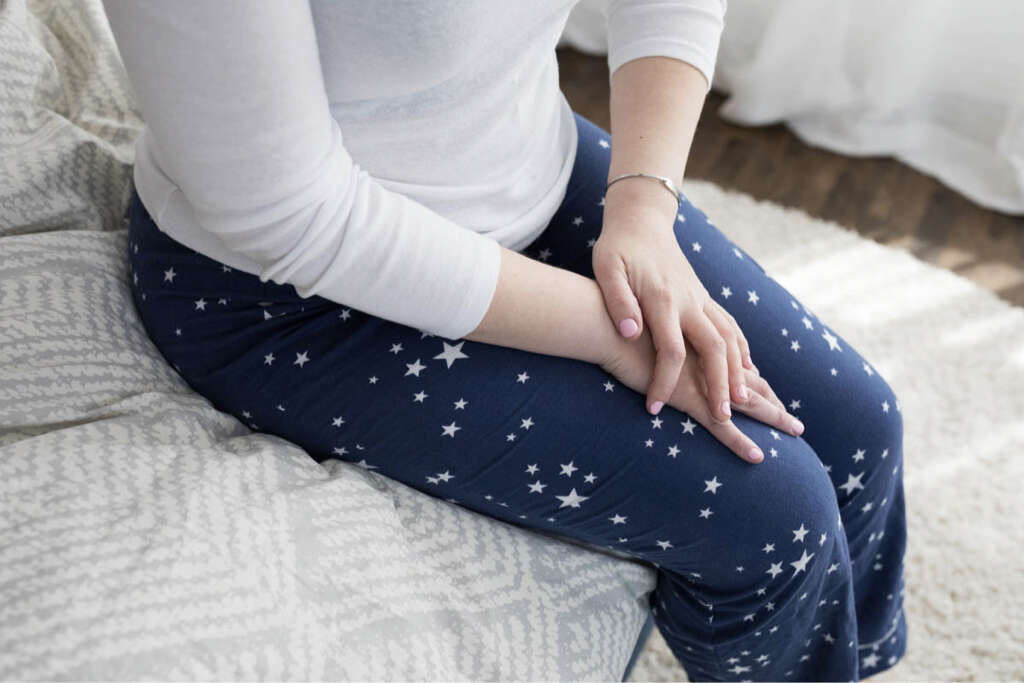
Symptom #4: Headaches
There are many causes of headaches. However, women can often notice a relationship between headaches and hormonal changes. Steady levels of estrogen can improve headaches. Thus, estrogen levels that dip or change can make them worse. Headaches and migraines in menopausal women are usually associated with greater disability and higher incidence of mood disorders.
During perimenopause (the years that lead up to menopause) estrogen levels rise and fall unevenly. Thus, in many women who, in the past, have experienced headaches related to hormones, migraine frequency and severity can increase. Once the menopausal transition is over, migraines may improve for most women. However, hormone replacement therapy (HRT), which is used in specific cases to treat menopause, may worsen headaches.
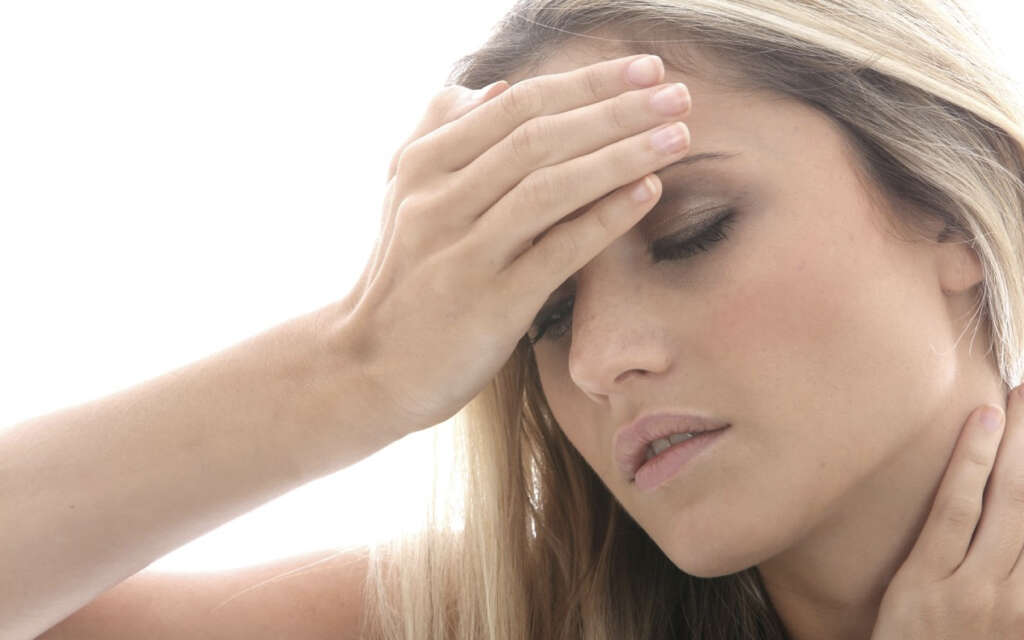
Symptom #5: Difficulty Concentrating
During perimenopause, short-term memory problems and difficulty with concentration are common. However, studies that have evaluated the relationship between low levels of estrogen and cognitive function are inconsistent.
Lifestyle factors such as stress and sleep problems are also very common in patients with low estrogen levels. These may play a more important role in concentration problems than hormonal fluctuation. Since the cause of this problem is not clear, there is no obvious remedy. However, staying physically active is a great way to improve brain functioning.

Symptom #6: Depressed mood and depression
No direct link between clinical depression and diminished estrogen has been proved. Menopause, itself does not cause clinical depression, and incidence in postmenopausal women is not higher than at any other time. Note that clinical depression is a serious mental illness that must meet specific criteria for diagnosis, unlike transient depressed moods.
Over their lifespan, women experience more depression than men. Women who have experienced previous episodes of depression may be vulnerable to a recurrence during perimenopause. Women in menopause may experience depressed moods frequently, due to changes in sleep patterns, stress, or simply because of the disruptions in their daily life, brought about by menopause.
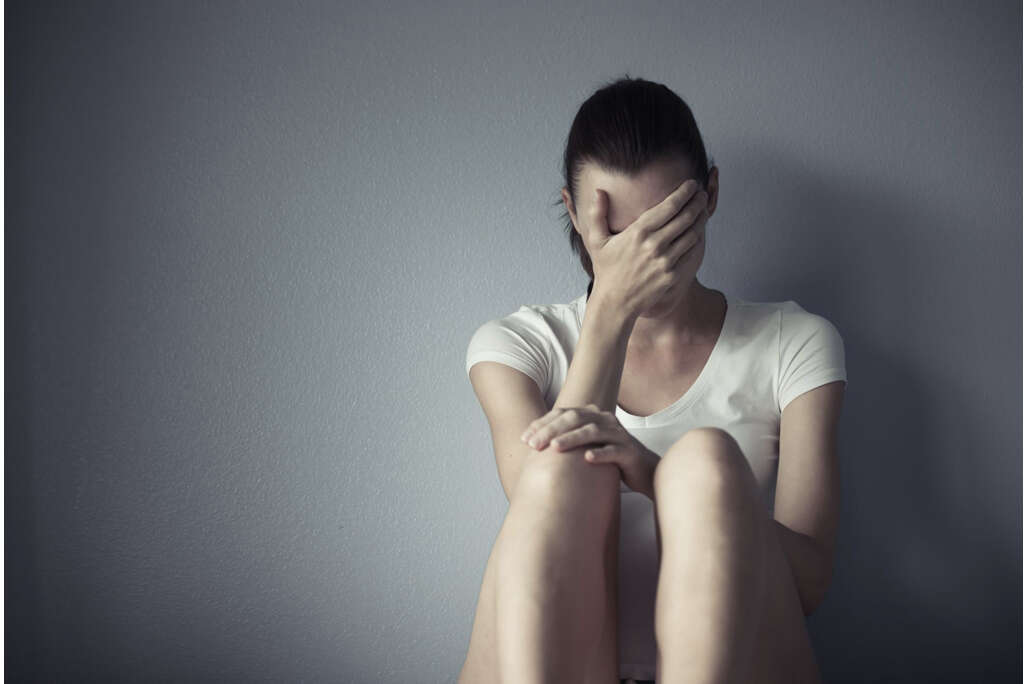
Symptom #7: Mood Swings
There are many causes of mood swings. This symptom is more common during perimenopause, when erratic hormonal fluctuations are present, versus in post-menopause. However, no direct link has been stablished between mood swings and low estrogen.
Many factors can contribute to mood swings in menopause. Hot flashes may disrupt sleep, causing fatigue and irritability; life’s stressful situations (i.e. peaking professional responsibilities), and unpredictable hormonal changes can cause some woman to feel overwhelmed and vulnerable to mood swings.
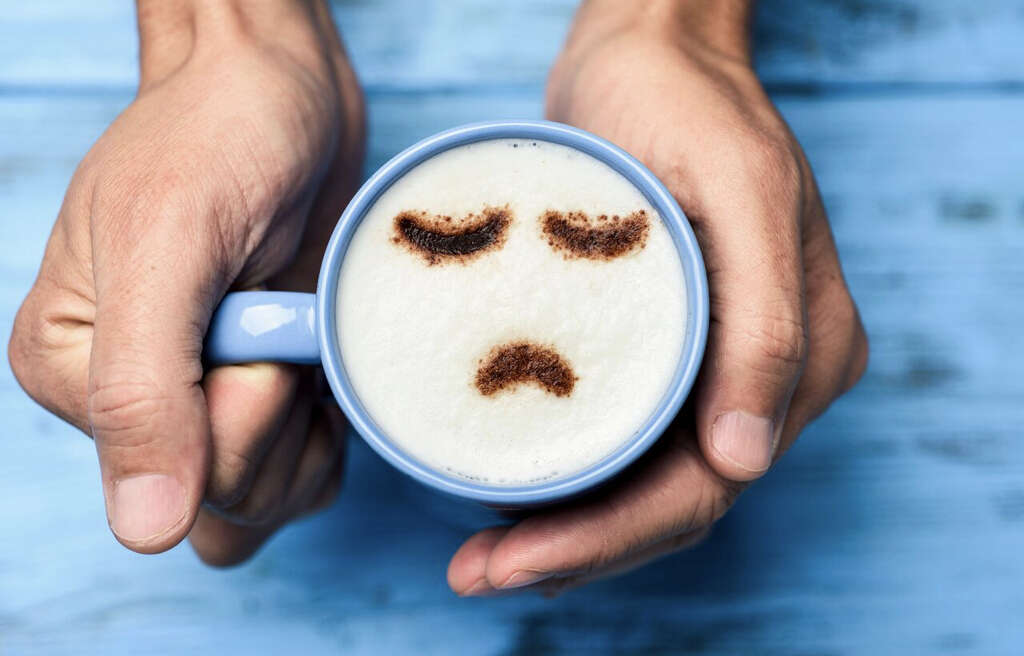
Symptom #8: Irregular Menstruation
Women with low estrogen levels (i.e. perimenopause) typically experience changes in their menstrual cycle. It becomes irregular, shorter, and periods are often heavy and more frequent. This constitutes the normal progression of menopause.
In menopausal or postmenopausal women, abnormal uterine bleeding can also occur. It can have anatomic (i.e. polyps, fibroids) or hormonal causes. Determining if irregular bleeding is normal, may be a concern for many women. Thus, in order to receive appropriate diagnosis and treatment, consulting a specialist is recommended.
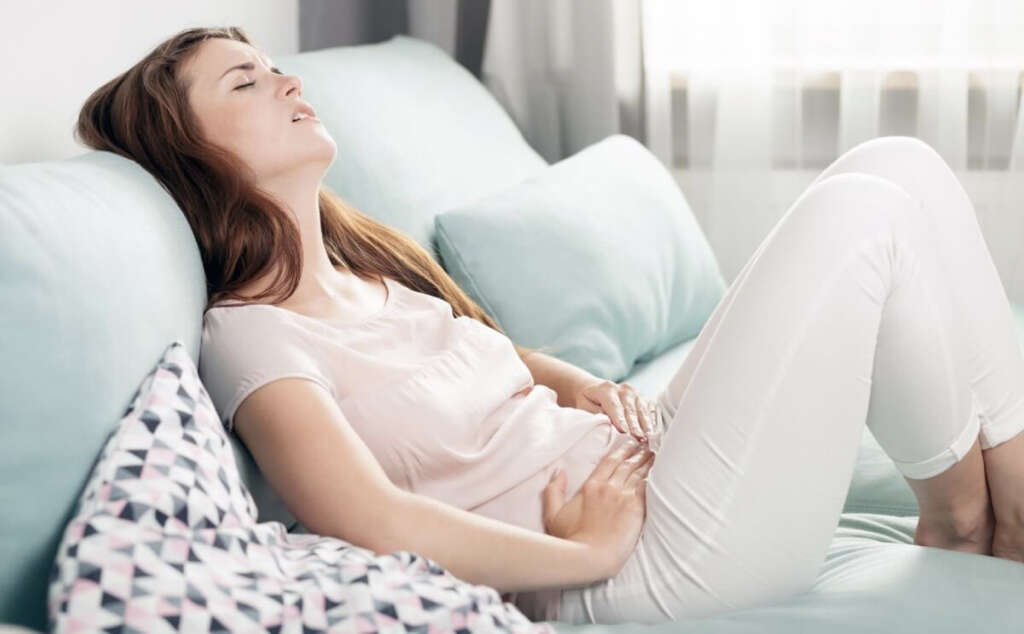
Symptom #9: Weakened Bones
Osteopenia or low bone mass, is a preventable sequela of menopause. It is defined as a bone mineral density (BMD) of 1 to 2.49 standard deviations (SDs) below the peak bone mass (T score).
One of the benefits of estrogen is that it protects your bones and helps keep them strong and healthy. When estrogen levels drop, women may lose bone density and develop osteopenia. This can be attributed to accelerated bone resorption, while bone formation continues at a slower rate. The overall effect of this bone loss is a decrease in bone strength, leading to an increased risk of fracture in these women.
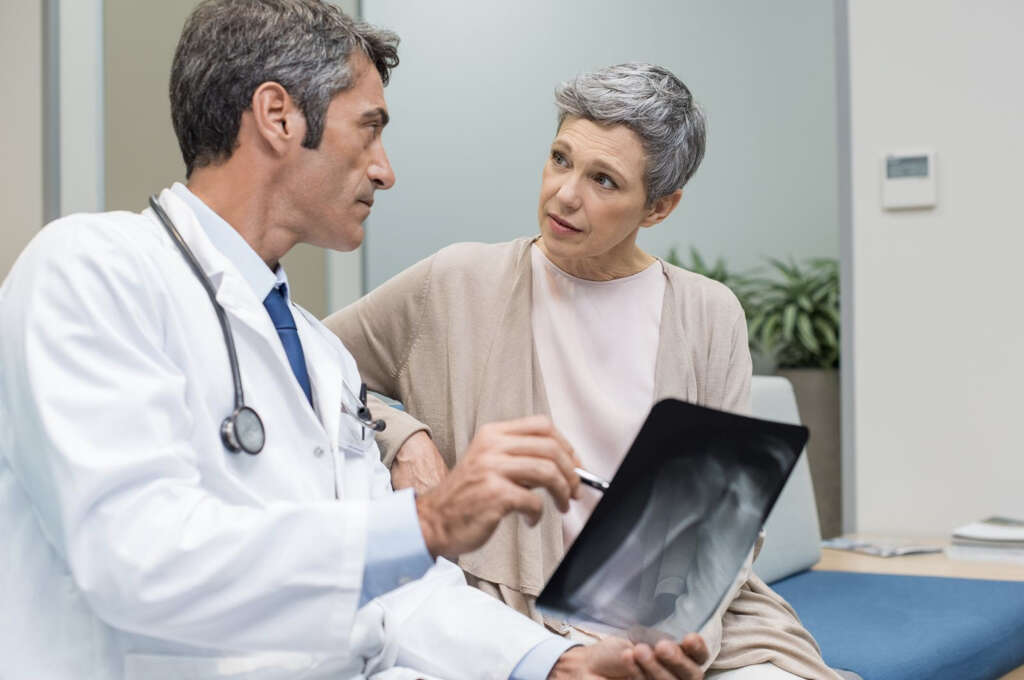
Symptom #10: Tender Breasts
Mastalgia or breast pain, affects most women at some point in their lives. Most cases of mastalgia are cyclic, meaning that they are related to the menstrual cycle. In their lifespan, women can experience breast fullness or tenderness during the last phase of their menstrual cycles or lutheal phase (a week or so before the period). Cyclic mastalgia is simply a more extreme form of this occurrence. In perimenopausal women, the most common cause of mastalgia is cyclic mastalgia.
Perimenopausal women experiencing this symptom should describe it thoroughly to their physician. The relationship to menses, the type, duration and location of the pain are important characteristics that should be reported to a specialist. Once your doctor has excluded an underlying disease process and is certain of the benign nature of the condition, she can recommend a range of treatments to improve this symptom.







